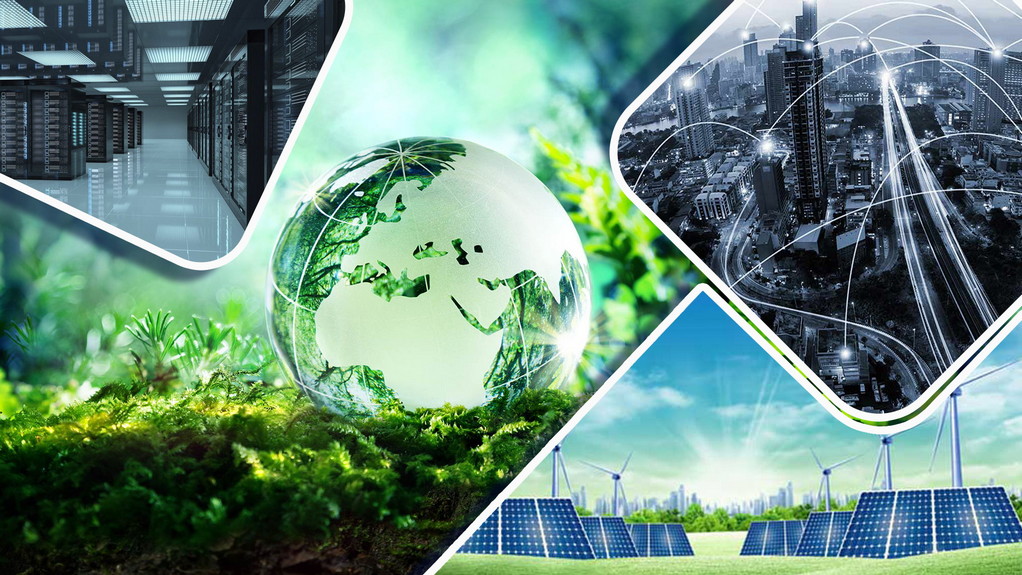Of late, governments across the world are aggressively considering and unveiling plans to bring in to force sustainability initiatives and decarbonization targets to realize net-zero emissions by 2050 or before. A majority of the nations which have committed to achieve carbon neutrality by 2050 target date are smoothly moving forward on that path.
Innovative and technological-driven ideas key to achieve decarbonization goals
In order to achieve such decarbonisation goals, it is imperative for the nations to adopt clean energy technologies. The leaders of the world need to be rather more innovative to achieve decarbonization. The technologically driven ideas are the need of the hour to boost decarbonization.
Recently, a good example was set by Uber to prove this. It has leveraged existing technology and infrastructure in new ways to achieve decarbonisation. The company instead of building new fleet of carbon-emitting delivery vehicles, have chosen to use existing ecosystem of drivers with their own vehicles.
According to EPA’s report, the biggest contributors to greenhouse gas (GHG) emissions in the US include transportation (27%), industry (24%) and electricity (25%). There is a significant opportunity for these industries to reimagine how current technology within their infrastructure can improve operating efficiency and energy utilization practices as well as continue the progress of remote workforces.
Datacentre’s role on path to lower emissions
According to McKinsey study data centres have been known to emit a massive 80 megatonnes of carbon dioxide each year. Therefore, energy utilization for an organization that owns its servers or data farms is to adjust the cooling to 73.4 degrees, which saves energy without putting the data at risk of overheating. Data itself can aid in sustainability and decarbonization initiatives by offering actionable insights on carbon emissions, electricity usage and more.
Though businesses have often taken advantage of data for single-point considerations, the true value of data lies in its ability to demonstrate trends and impact over an extended period. Using data collection to understand the company’s environmental impact can unlock an array of clear, actionable items to support sustainability goals.
Another strategy uses the work-from-home shift. It’s estimated that by 2025, 70% of our workforce will be remote at least five days a month. This alone will significantly impact the number of cars on our roads daily and reduce the energy consumed at business locations, requiring new considerations around the energy consumption of home workers.
Role of infrastructure in decarbonisation
Infrastructure developers across the world are also concerned about carbon emissions. Most of them are now focusing on using technologies to digitally monitor and improve processes and products to reduce their impact.
One way that infrastructure developers are doing this is by picking up low-carbon cement and concrete alternatives. Technology has contributed to the development of new chemical methods that reduce the amount of carbon released during the production process, trapping it in the cement itself rather than releasing it into the atmosphere. Choosing such low-carbon materials is a simple way for developers to decrease their carbon footprints.
Scope for a lot of innovations
As per McKinsey study the investment required for us to spend on physical assets to get us to our 2050 goals could total $275 trillion. So this much of huge investment could open up an unimaginable amount of opportunity for technology.
Therefore, the opportunity to impact decarbonization goals is here now, and building a culture ready to tread on the path ahead should be at the top of our strategic priorities. On the path to sustainable development technology has a pivotal role to play.
Tags: Clean energy technologies, Decarbonization, Decarbonization goals, decarbonizing, McKinsey, Sustainability, Sustainability initiatives, Sustainable development



Recent Posts
Royal Caribbean Welcomes LNG-Fueled Star of the Seas to Its Fleet
Swire Shipping Launches ‘Voyage to Zero’ to Help Customers Cut Scope 3 Emissions Swire
Pinnacle Marine Launches B100-Powered President 100 for Biofuel Trials
Assam Puts Green Hydrogen Policy on Hold, Investors Reassess Plans
MNRE and Odisha Chart Roadmap for National Green Hydrogen Mission
Hyundai Glovis to Retrofit Seven PCTCs with Avikus AI Navigation System
Super Terminais orders three more Konecranes Gottwald ESP.10 Mobile Harbor cranes
Covestro and HGK Shipping Extend Partnership to 2040 with Focus on Wind-Assisted Vessel Retrofit